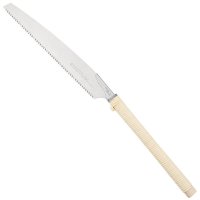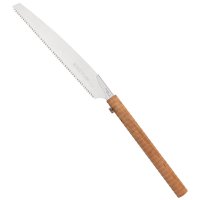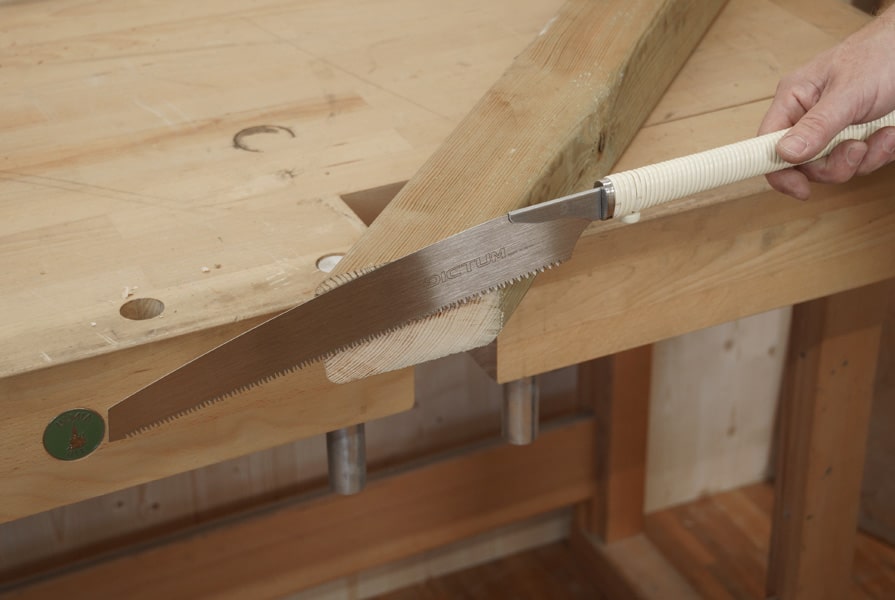
Kariwaku ist das japanische Wort für »vorläufige Holzform« oder, im übertragenen Sinne, »vorläufige Brettschalung«. Das eigentliche Wort für »Schalung« ist Katawaku. Zimmermänner in Japan, die sich auf den Schalungsbau spezialisiert haben, werden deshalb auch Katawaku Daiku (»Katawaku-Zimmermänner«) genannt. Bretterschalungen sind keine neue Erfindung – sie werden seit jeher überall auf der Welt für die komplexesten Bauwerke benutzt, z. B. für Teile der Großen Mauer in China und in römischen Amphitheatern. Die Kariwaku Säge ist das Standardwerkzeug des Katawaku-Zimmermanns. Eine Kariwaku Säge muss robust sein und ist ausgelegt für größere Holzabmessungen. Zudem hat das Blatt eine große Zahnteilung, um Konstruktionsholz wie Balken und Bohlen schnell und effizient ablängen zu können.


Kariwaku Zahnteilung und Zahnform
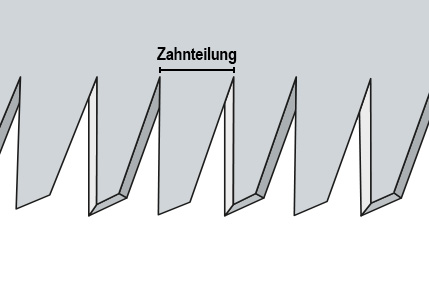

Die Zahnteilung ist ein Indikator dafür, wie schnell die Säge schneidet und im Umkehrschluss, wie fein die Schnittfläche ausfällt. Liegt die Zahnteilung einer trapezverzahnten Säge zwischen 1,5 und 3,5 mm, wird das Schnittende schnell erreicht. Die DICTUM Kariwaku Diaku liegt mit 3 mm, ähnlich einer japanischen Astsäge, am oberen Ende der Skala. Die Zahnform ist robust und ermöglicht auch Schnitte diagonal zur Faser in größeren Abmessungen (sog. Schifterschnitte). Dies macht die Säge zum idealen Begleiter auf der Baustelle.
Entwicklung der DICTUM Kariwaku Daiku
In unseren Testreihen haben wir die Winkel am Sägezahn sowie die Schränkung so lange optimiert und angepasst, bis wir den optimalen Kompromiss für Schnitte in Bauholz mit 18-20 % Holzfeuchte und trockenerem Holz unter 16 % Holzfeuchte gefunden haben.

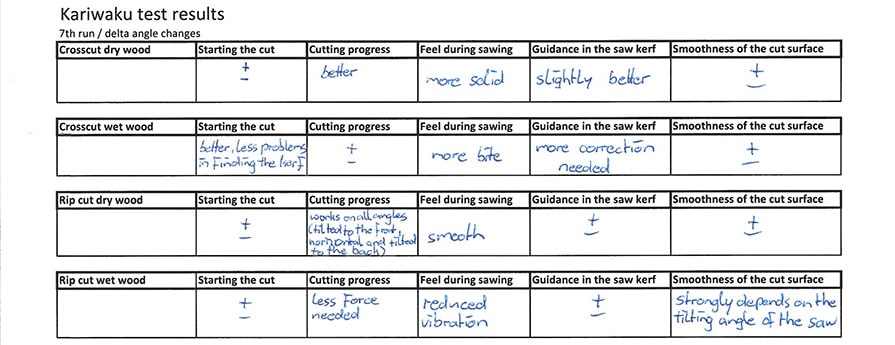
Kariwaku is the Japanese word for »temporary wooden frame« or in a wider sense »temporary formwork«. The actual word for »formwork« is katawaku. Therefore in Japan, carpenters who specialise in formwork construction are called katawaku daiku (Katawaku carpenters). Formwork is no new invention – it has been used for a long period of time for the most complex buildings all over the world, from parts of the Great Wall in China to Roman amphitheatres. The Kariwaku saw is a standard tool of the Katawaku carpenter. A Kariwaku saw needs to be robust and is designed for larger timber dimensions. In addition, the blade has large tooth spacing for trimming structural timbers such as beams and planks quickly and efficiently.


Kariwaku tooth spacing and tooth design
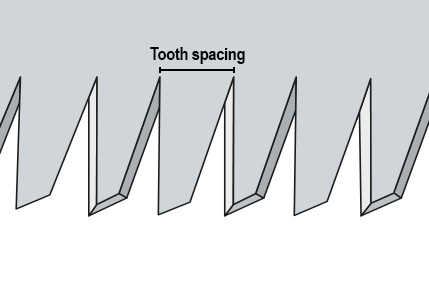

The tooth pitch is an indicator of how fast a saw cuts and, conversely, how smooth the cut surface turns out to be. If the tooth pitch of a trapezoidal-toothed saw is between 1.5 and 3.5 mm, the cut end is quickly reached. The DICTUM Kariwaku Diaku is at the upper end of the scale with 3 mm, similar to a Japanese pruning saw. The tooth shape is robust and also allows cuts diagonally to the grain in larger dimensions (mitre cuts). This makes the saw the ideal companion on the construction site.
Development of the DICTUM Kariwaku Daiku
In our test series, we optimised and adjusted the tooth angles as well as the setting until we found the optimum compromise for cuts in structural timbers with 18-20 % wood moisture content and drier timber with less than 16 % wood moisture content.



